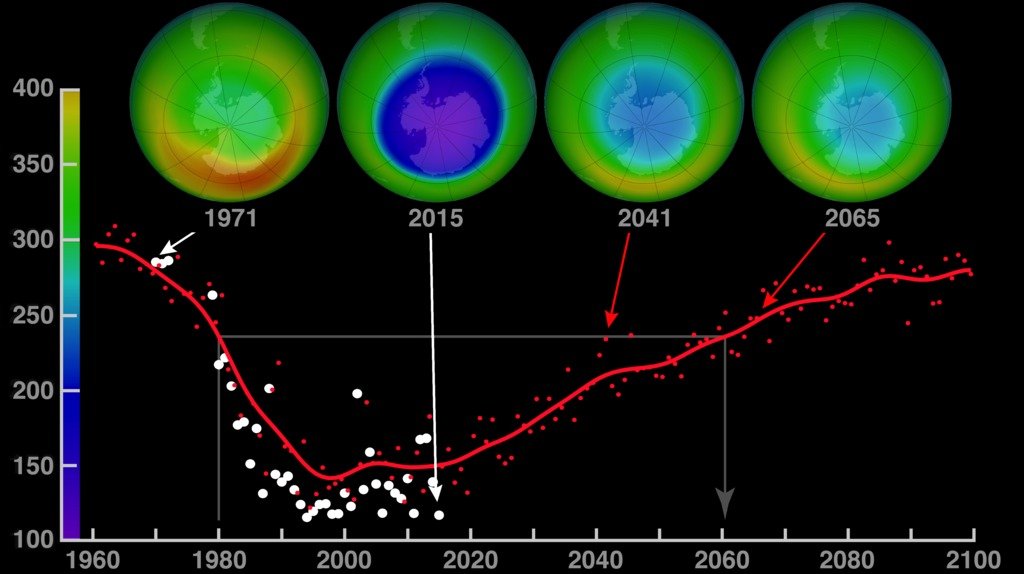Grist:
John McCracken
“Wisconsin lakes are warming and becoming more hospitable to invasive species and extreme weather conditions thanks to a global rise in temperature, challenging the future of this statewide ritual. Commonly fried fish species like perch, lake trout, and whitefish have declined, causing Wisconsin restaurants to look beyond their own lakes for certain fish, or abandon some altogether.
Two Great Lakes — Michigan and Superior — touch Wisconsin’s shores and have experienced a steady rise in temperature since 1995. Even the deepest depths of the lake system are starting to warm up and the average maximum ice cover on the Great Lakes has dropped over 20 percent in the last 50 years.
The fish fry is predicated on Wisconsin “geography, religion, and history,” said Terese Allen, an expert on the state’s culinary history and a co-author of Flavor of Wisconsin: An Informal History of Food and Eating in the Badger State.”





















